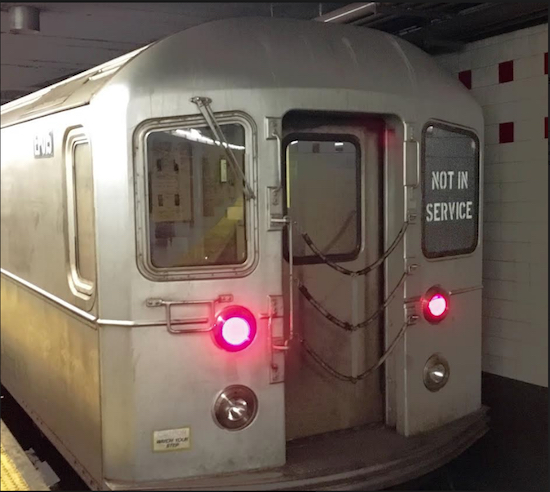Off-peak subway riders left stranded, says Stringer report
Not as many New Yorkers working 9 to 5

New York City is increasingly a 24-hour city — but the city’s subway system is leaving its off-peak customers waiting on the platform, according to a study released by Comptroller Scott Stringer on Friday.
The study shows a substantial drop-off in service during non-traditional commuting hours. The MTA runs 60 percent fewer trains citywide from 5 a.m. to 6 a.m., for example, than it does from 8 a.m. to 9 a.m., and 38 percent fewer from 9 p.m. to 10 p.m.
This comes despite a citywide surge in the number of riders who commute to work during those hours. In 1985, half of the daily ridership into the Manhattan central business district occurred between 7 a.m. to 9 a.m. By 2015, this share dropped to just 28 percent.

Brooklyn Boro
View MoreNew York City’s most populous borough, Brooklyn, is home to nearly 2.6 million residents. If Brooklyn were an independent city it would be the fourth largest city in the United States. While Brooklyn has become the epitome of ‘cool and hip’ in recent years, for those that were born here, raised families here and improved communities over the years, Brooklyn has never been ‘uncool’.